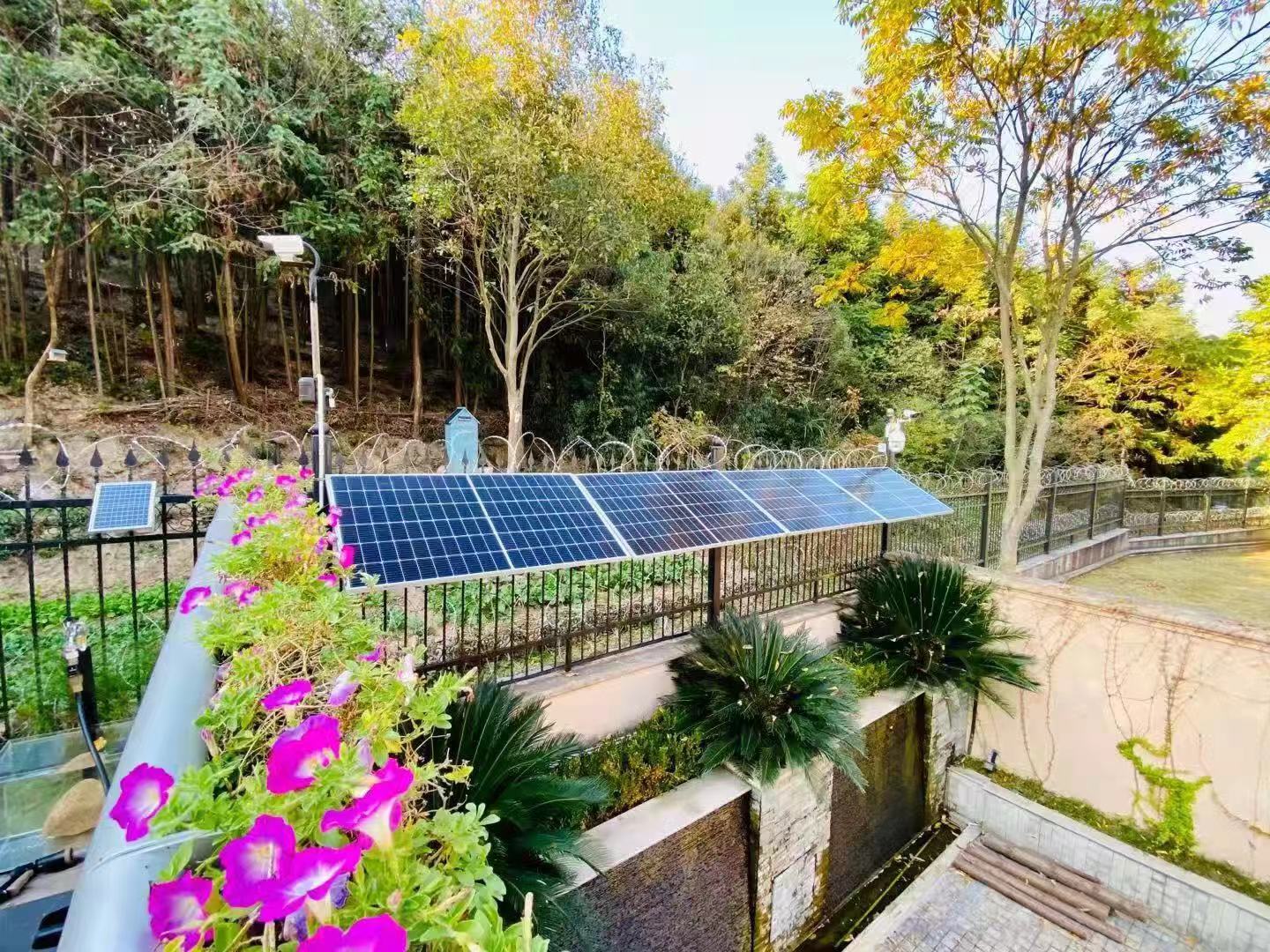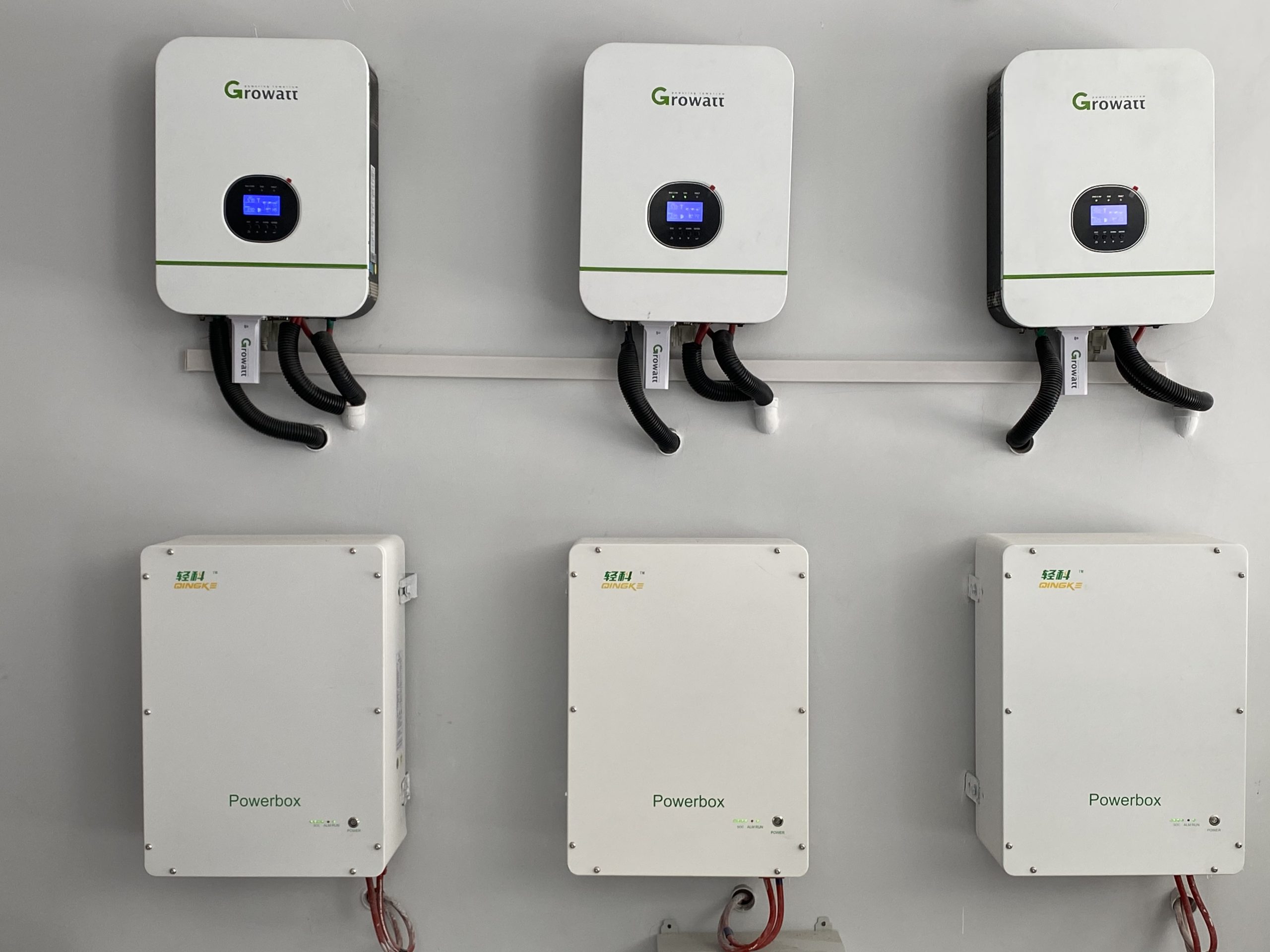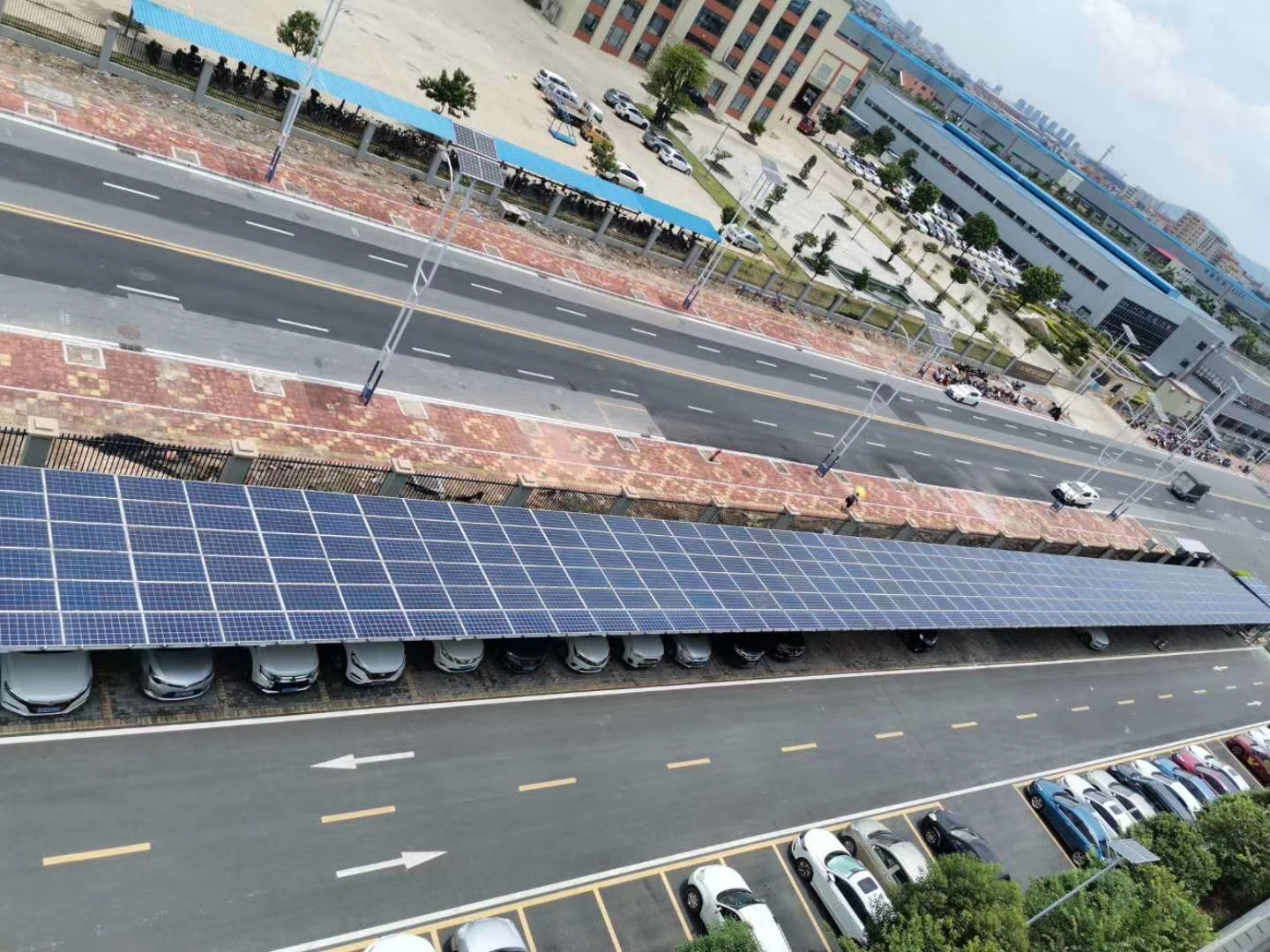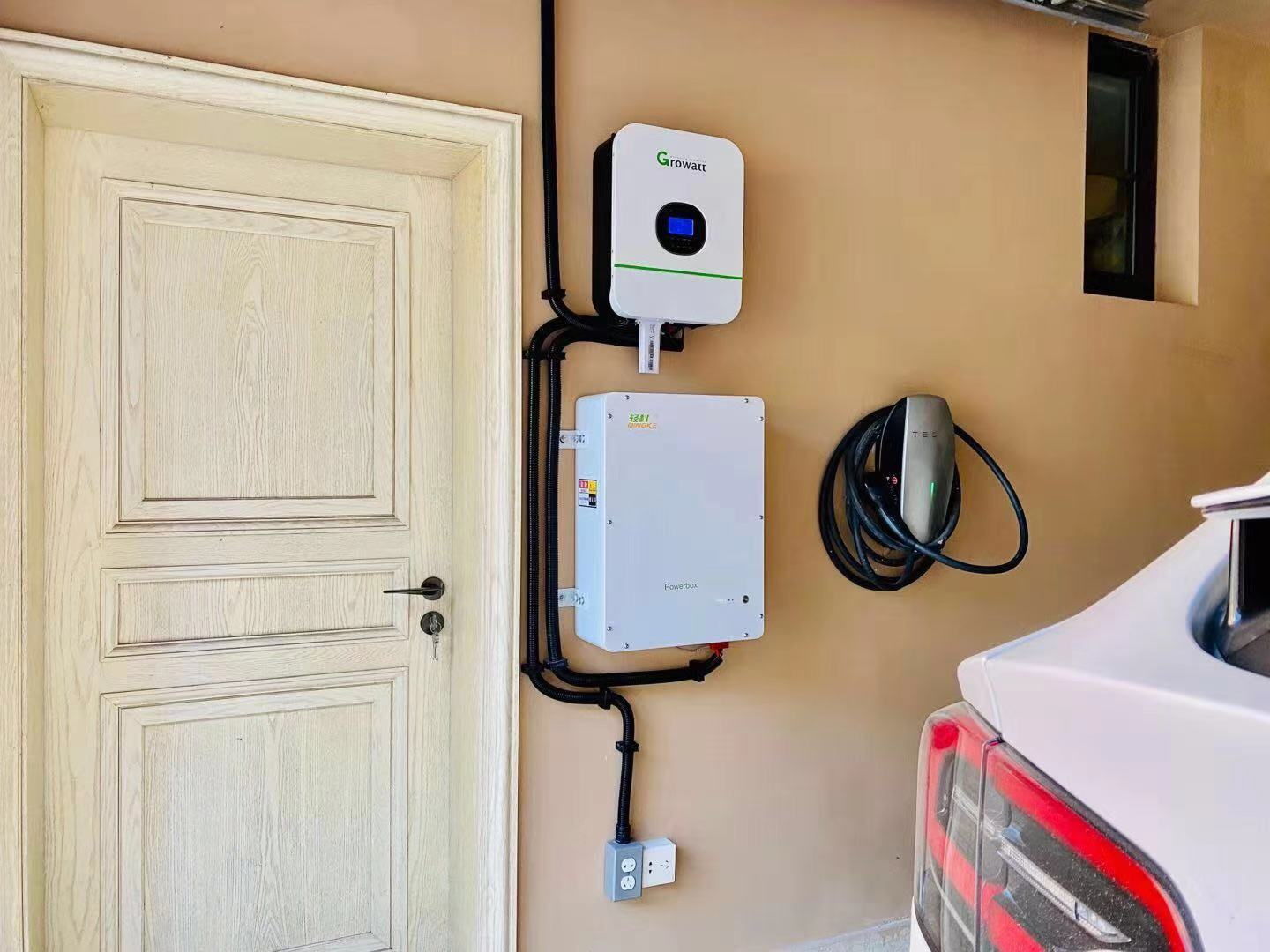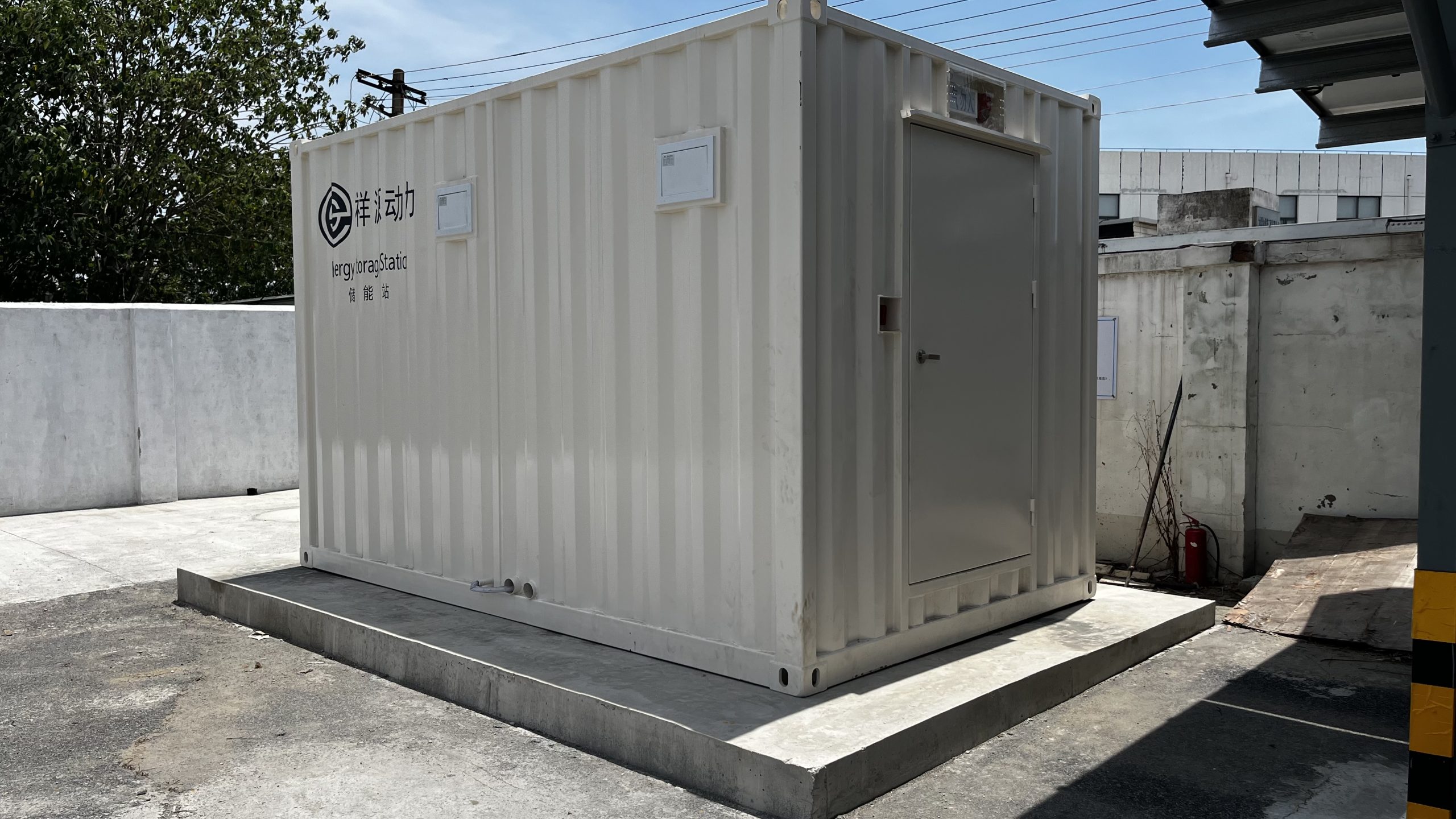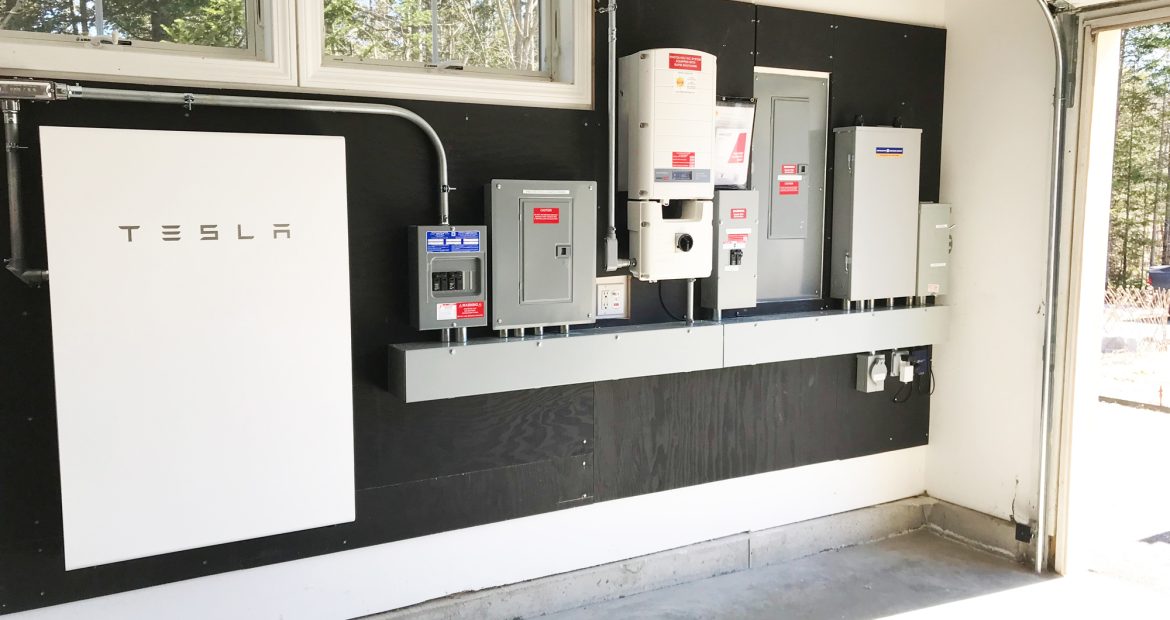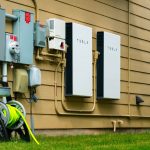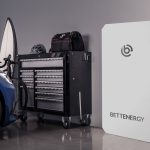Triggerfish bango guppy opah sunfish bluntnose knifefish upside down catfish cobia spookfish. Guppy opah sunfish bluntnose knifefish upsiIn the past, most residential solar customers deploying battery storage systems used lead-acid batteries, especially those that were completely off the grid, but over the past few years this has begun to change, as residential energy storage systems increasingly use lithium batteries. So, which is better for energy storage systems, lithium-ion batteries or lead-acid batteries? Here is an overview of the pros and cons of both.de down catfi o guppy opah sunfish bluntnose knifefish upside down catfi.
Application of lead-acid batteries
Lead-acid batteries have been used as backup power for residential solar power facilities since the 1970s. While they are similar to traditional automotive batteries, batteries used in residential energy storage systems are known as deep cycle batteries because they can be discharged and recharged more often than most automotive batteries.
Cycle life of lead-acid batteries versus lithium-ion batteries in stationary energy storage systems
Lead-acid batteries have a lower operating life than lithium-ion batteries. While some lead-acid battery cells can be charged and discharged up to 1000 times, lithium-ion batteries can be charged and discharged between 1000 and 4000 times.
Most lead-acid batteries have a useful life of approximately five years and are warranted accordingly. As a result, residential customers will have to replace lead-acid batteries several times over the overall life of their solar power facility.
The energy storage efficiency of lead-acid batteries is lower than other energy storage technologies such as lithium-ion batteries. Due to their lower efficiency, they also cannot be charged or discharged as quickly as lithium battery energy storage systems.
The low discharge capacity of lead-acid batteries means that consuming too much energy can lead to a rapid deterioration in their ability to store energy. A study by the National Renewable Energy Laboratory (NREL) found that releasing 50% of the energy in a lead-acid battery allows it to complete 1,800 charges and discharges before its energy storage capacity drops significantly. If discharged to 80% of capacity, it can only withstand 600 charges and discharges, after which its capacity will drop significantly.
Traditionally, lead-acid batteries cost less than lithium-ion batteries, which makes them more attractive to residential customers. However, their operating life is much shorter than that of lithium-ion batteries.
Lead-acid batteries require more energy storage capacity and space than lithium-ion batteries because of their relatively low energy storage efficiency and inability to be fully discharged. Lead-acid batteries are also much heavier than lithium-ion batteries, require stronger holders to place them, and require more space than lithium-ion battery packs.
Lead is a toxic heavy metal, and although it is recyclable, it can still cause contamination through improper disposal.
Lithium-ion battery applications
Lithium-ion batteries are rapidly becoming the battery of choice for many power applications, from cordless power tools to laptops and vehicles. More and more residential solar power facilities are using lithium-ion battery energy storage systems. However, lithium-ion batteries still have some limitations, the first and most important of which is their high cost.
The upfront cost of lithium-ion batteries is higher than that of lead-acid batteries. Tesla's Powerwall energy storage system is priced at $5,900 or $6,600 in the U.S. in 2018, which includes supporting hardware. It is a 14kWh battery system that can deliver up to 7kW of power at peak demand. Its cost cost does not include installation costs, which typically range from $600 to $2,000.
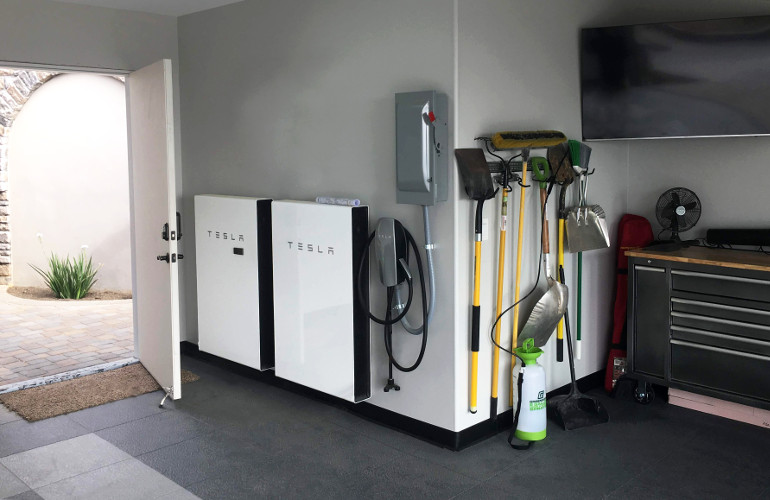
But the cost of lithium-ion batteries is falling rapidly. Over the past few years, Lazard has evaluated the costs of various battery energy storage technologies in its Energy Storage Average Cost Analysis report. In its most recent survey in November 2017, it found that the installed cost of a lead-acid battery energy storage system for residential solar packages ranged from $598 to $635 per kilowatt hour. Lithium-ion batteries cost $831 to $1,089 per kWh installed.
According to these figures, the cost of a 14kWh lead-acid battery is as low as $8,372, while a lithium-ion battery of the same capacity is as low as $11,634. But the low cost of lead-acid batteries hides many other costs, such as shorter operating life and higher operating costs.
The cost of our battery systems will vary greatly over time, and Lazard's research shows that energy storage systems with lithium-ion batteries cost less per megawatt hour than lead-acid batteries. Lead-acid battery systems cost $1,160 to $1,239 per megawatt hour. Lithium-ion battery systems cost $1,024 to $1,274 per megawatt-hour.
In a separate survey published by Bloomberg New Energy Finance, it was found that the cost of lithium-ion batteries has also continued to decline. lithium-ion batteries were selling for as much as $1,000 per kilowatt-hour in 2010, with prices dropping by more than 20 percent in subsequent years. By the end of 2016, the average selling price of lithium-ion batteries had fallen by $209 per kilowatt-hour.
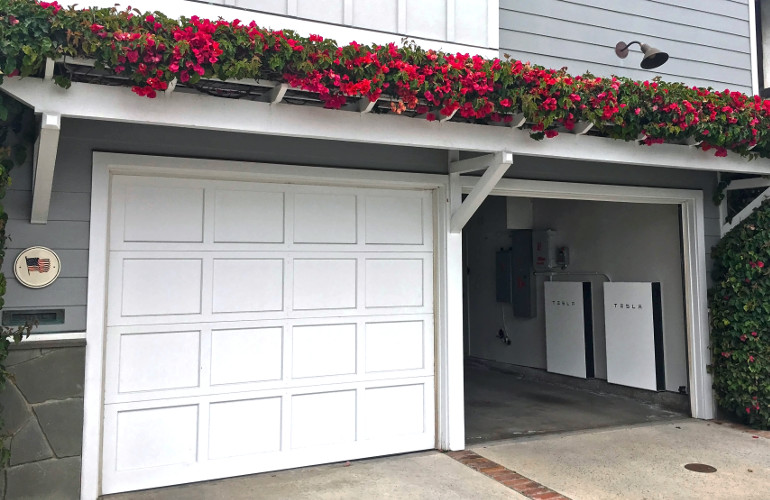
However, Mark Chediak of Bloomberg New Energy Finance notes that these prices are primarily for batteries supplied by electric vehicle manufacturers. He says, "With much lower orders from developers of stationary energy storage systems, batteries are expected to cost 51% more to purchase than what automakers are paying."
For these reasons, it is important to understand the cost of lithium-ion and lead-acid batteries currently used in residential energy storage systems. They can be used either as stand-alone energy storage systems or in conjunction with residential solar power facilities to meet some or all of the energy needs of residential customers or businesses.
In terms of operating life, lithium-ion batteries are expected to continue to operate for approximately 10 years, and they are capable of charging and discharging to much higher levels without significant capacity reduction. The National Renewable Energy Laboratory (NREL) study assumes that the Tesla Powerwall can operate for 15 years without significant loss of energy storage and release, with 5,475 charges and discharges during that time.
Lithium-ion batteries can also be recharged faster at higher voltages. While lead-acid batteries can take up to 16 hours to fully recharge, even the slowest-charging lithium-ion batteries can be fully recharged in about four hours.
In terms of weight. Lithium-ion batteries for residential energy storage systems are not light, but they are much lighter compared to lead-acid storage. a 13.5kWh Tesla Powerwall weighs about 278 pounds, a 1.7kWh lead-acid battery weighs about 132 pounds, and a lead-acid battery of the same capacity as the Powerwall would weigh more than 1,000 pounds.
Conclusion
In summary, lithium-ion batteries have an advantage over lead-acid batteries in energy storage applications and will become more widely used in energy storage systems as costs decline.


